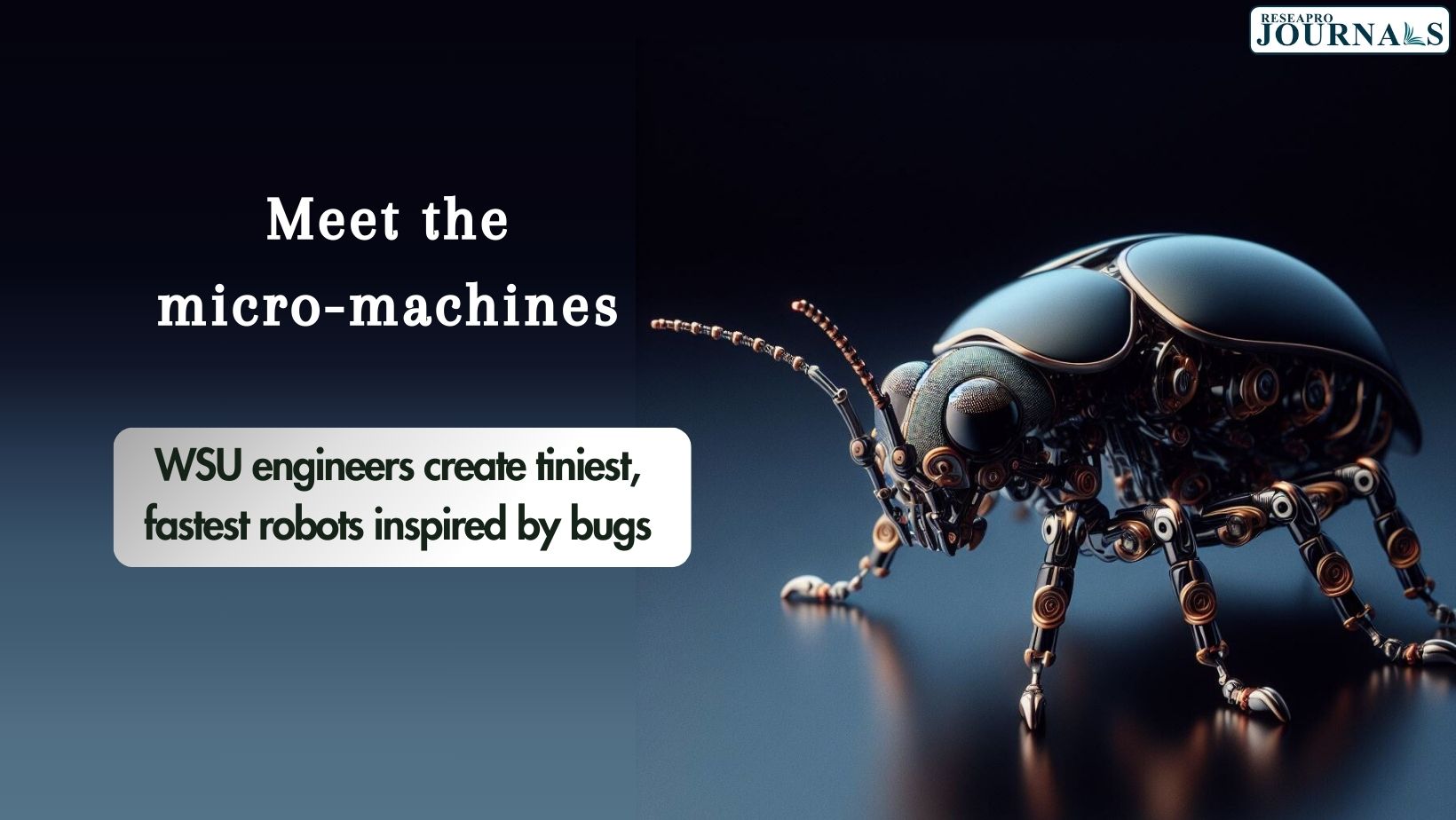|
Getting your Trinity Audio player ready...
|
Imagine robots smaller than a ladybug, nimble as a grasshopper, and swift as a water strider. This isn’t science fiction, but the cutting edge of robotics at Washington State University (WSU), where researchers have unveiled the world’s smallest, lightest, and fastest fully functional micro-robots.
These miniature marvels, aptly named the “mini-bug” and the “water strider,” weigh in at a featherweight 8 and 55 milligrams, respectively. While their size is miniscule, their capabilities are mighty. They zip around at a respectable 6 millimeters per second, which might seem slow compared to us, but puts them ahead of other micro-robots at their scale.
Nature’s Blueprint for Micromovement
The secret to these tiny titans lies in their ingenious design, inspired by the natural world. Just like their insect counterparts, the WSU robots rely on biomimicry – mimicking the mechanisms of living organisms.
The key component is a revolutionary actuator, the smallest ever made, weighing less than a milligram. Crafted using a new fabrication technique, this miniature marvel is made of a special material called a shape memory alloy. This alloy has the remarkable ability to “remember” its original shape after being deformed by heat.
Unlike traditional motors with their bulky gears and whirring parts, these shape memory alloys move silently and efficiently. A tiny jolt of current heats the alloy wires, causing them to contract and propel the robot’s legs or fins. And the best part? They can flap or kick up to 40 times per second!
Beyond Miniaturization: A World of Possibilities
These groundbreaking robots aren’t just feats of engineering ingenuity; they hold immense potential for the future. Imagine them flitting through delicate ecosystems, pollinating flowers like miniature bees, or navigating disaster zones to locate survivors. Their small size and agility could make them invaluable tools for environmental monitoring, micro-fabrication, and even robotic-assisted surgery.
Challenges and the Road Ahead
While the WSU robots are a significant leap forward, there are still hurdles to overcome. Their current speed pales in comparison to their biological counterparts, like the lightning-fast ant. Additionally, powering them without wires or bulky batteries remains a challenge.
The researchers, however, are undeterred. They’re working on incorporating tiny solar cells and catalytic combustion to make their robots truly autonomous. They also aim to refine their designs, drawing further inspiration from nature’s mini-marvels.
A Glimpse into the Future of Robotics
The WSU micro-robots are a testament to the power of biomimicry and the boundless potential of miniaturization in robotics. They offer a glimpse into a future where tiny machines, guided by the wisdom of nature, can tackle challenges we can only imagine today. Who knows, maybe one day, we’ll see swarms of these insect-inspired robots flitting through our skies, pollinating our crops, and saving lives in ways we never thought possible.




